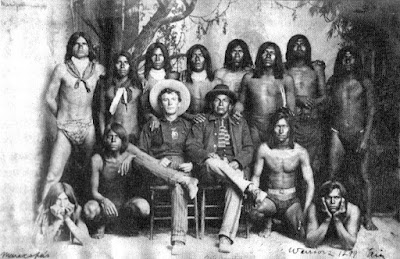Why Arizona is the far west and Minnesota is the midwest

I live in Glendale, Arizona, and grew up in Minneapolis, Minnesota, and I had always wondered why Minnesota is called the midwest. Minnesota really isn't west at all, is it? I mean, Arizona is west, right? How could a place in the middle of the country be called west? And to make it even more confusing, Minnesota is part of the Old West and Arizona is part of the New West. Anyway, it all has to do with history. Luckily, I enjoy learning about history, and if you “time travel” back to the days when most of the population of the United States was living east of the Mississippi River, it all starts to make sense. That's because “The West” was anywhere west of the Mississippi River. And that included such Old West places as Kansas, and Minnesota. If Minneapolis doesn't make you think of the Old West, think of Dodge City. See what I mean? Google Jesse James and you will find him in Northfield, Minnesota. Of course, places like Arizona, New Mexico, etc. were west, but th...


























